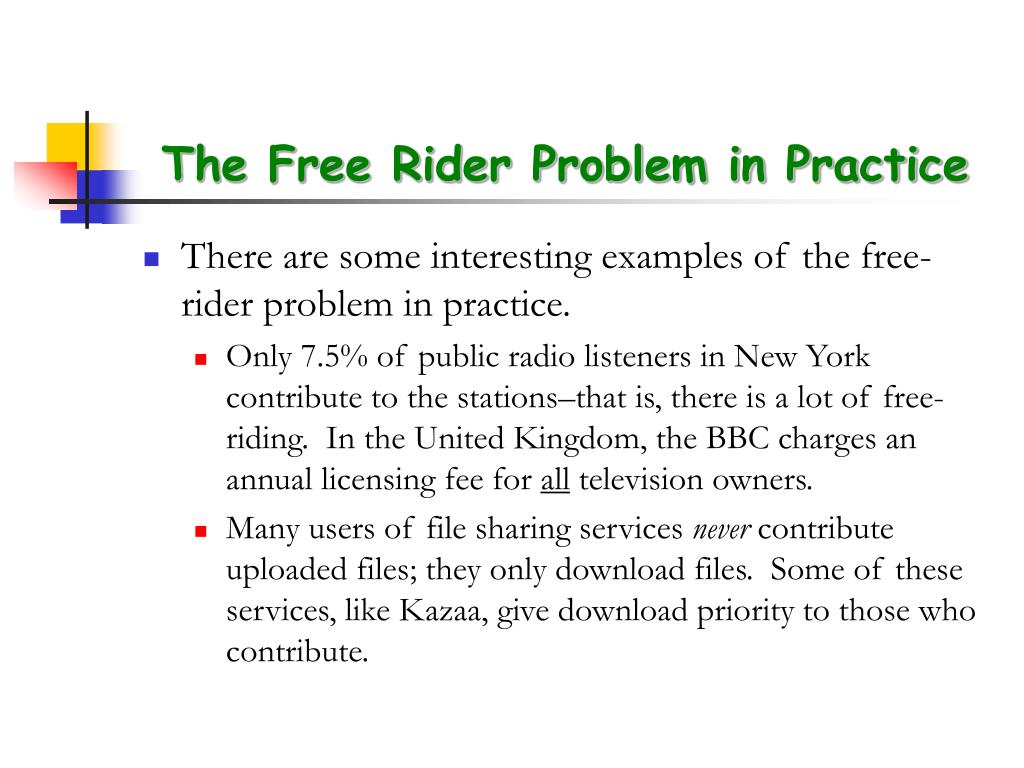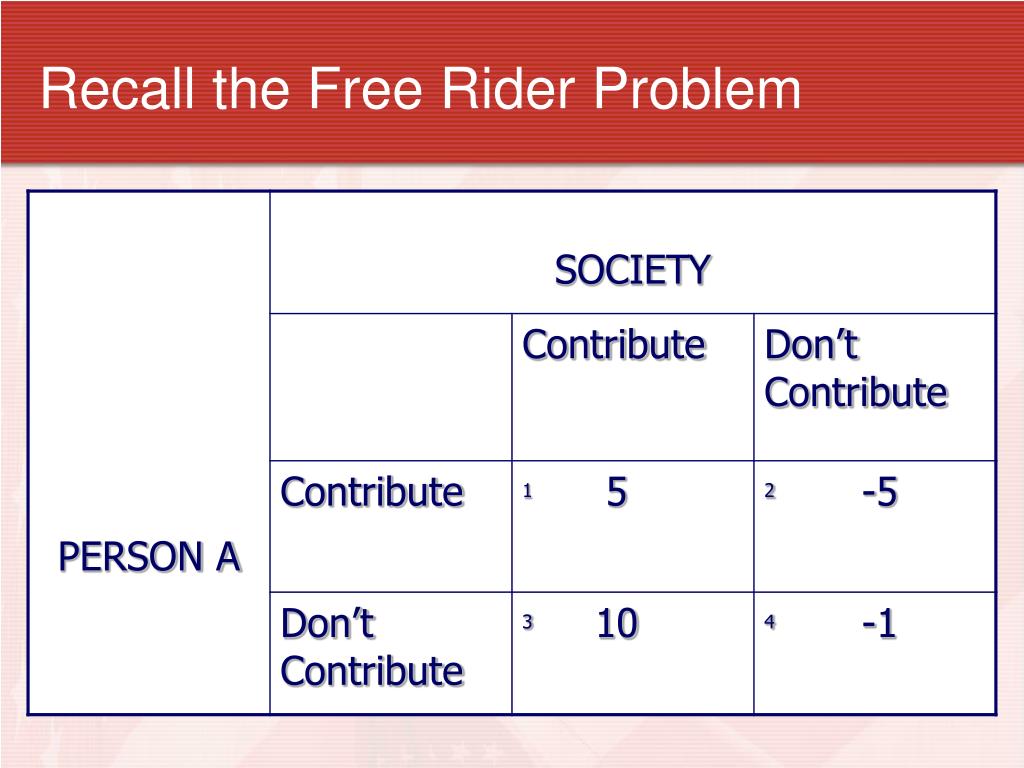

So what are the features of a movement that can hold the attention of.

From voting rights, to political upheavals and the fight for racial equality social movements can change mindsets, enact laws and shift policies.
#RIDER PROBLEM SOCIAL MOVEMENTS FREE#
Because Becky and Sarah reason this way, nothing ends up happening, leaving the objective not fulfilled, and a grimy room. 4.1 Deprivation Theory 4.2 Mass-Society Theory 4.3 Structural-Strain Theory 4.4 Resource-Mobilization Theory 4.5 Political Process Theory 4.6 Culture. ness to take action even in the face of the free rider problem. Social movements are behind the most powerful changes around the world. Therefore, each would opt to not do anything, in the hopes the other will clean, so they can get a free ride. Olson is correct that movements cannot be mobilized around collective material benefits and that free-riding is potentially a major problem.

pages cm includes bibliographical references and index. Similar to the problem about Samuel and Rachel, both Becky and Sarah would reason that if they decide to clean and the other does not, they would have to give up 10 hours and clean their room while the other does nothing - a foolish option. The social movements reader : cases and concepts / edited by Jeff Goodwin and James M. The other options are that Becky does 10 hours of cleaning and is exhausted while Sarah does not contribute, or the converse (Sarah does 10 hours of cleaning and is extremely tired, and Becky does not contribute.) By constructing a prisoner's dilemma table, it can be shown that Becky and Sarah both benefit the most when they cooperate to clean the room (They both invest 2 hours and gain a clean room), and are the worst off when neither of them does anything (No time is lost but the goal of cleaning the room is not achieved, and the dirty room stays dirty). The free-rider problem refers to the idea that people will not be motivated to participate in a social movement that will use up their personal resources (e.g., time, money, etc.) if they can still receive the benefits without participating. This is so because when benefits are not contractually tied to contributions both contributors and non-contributors have access to the benefit.


 0 kommentar(er)
0 kommentar(er)
